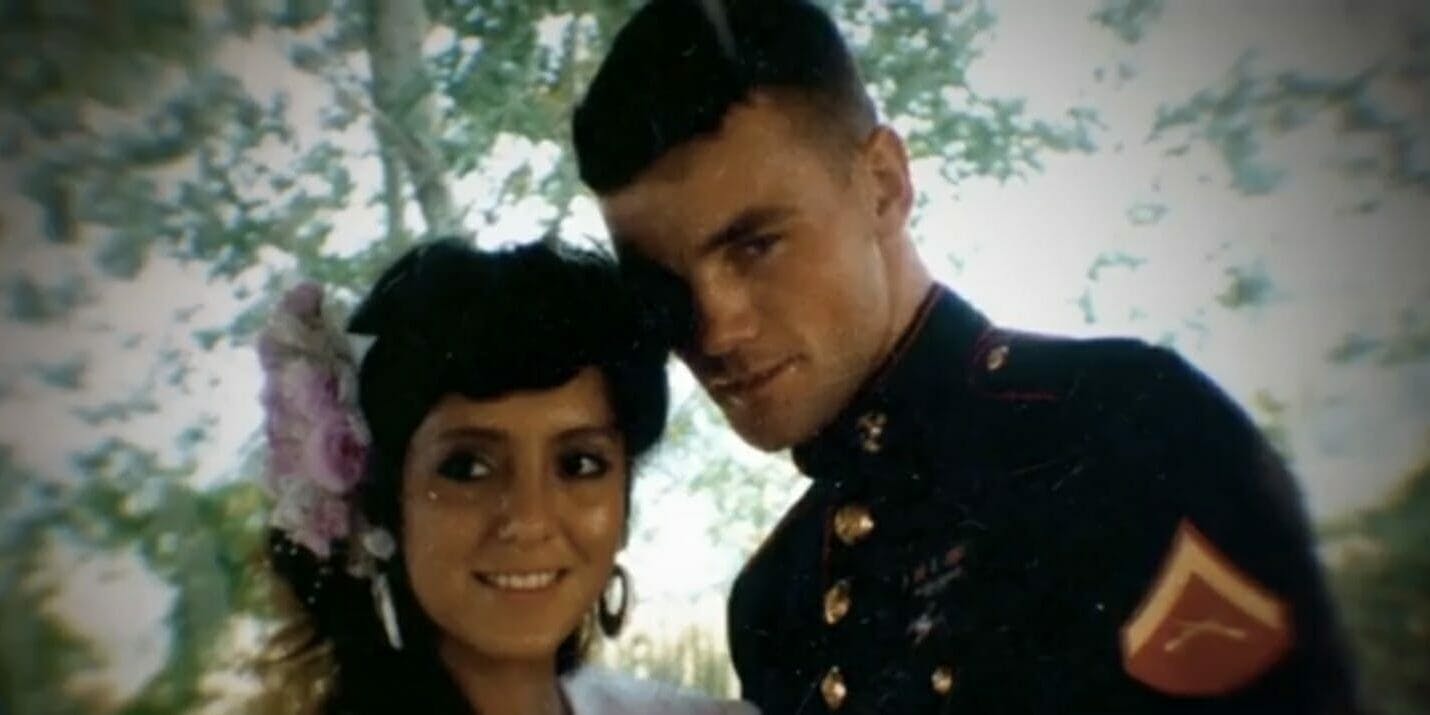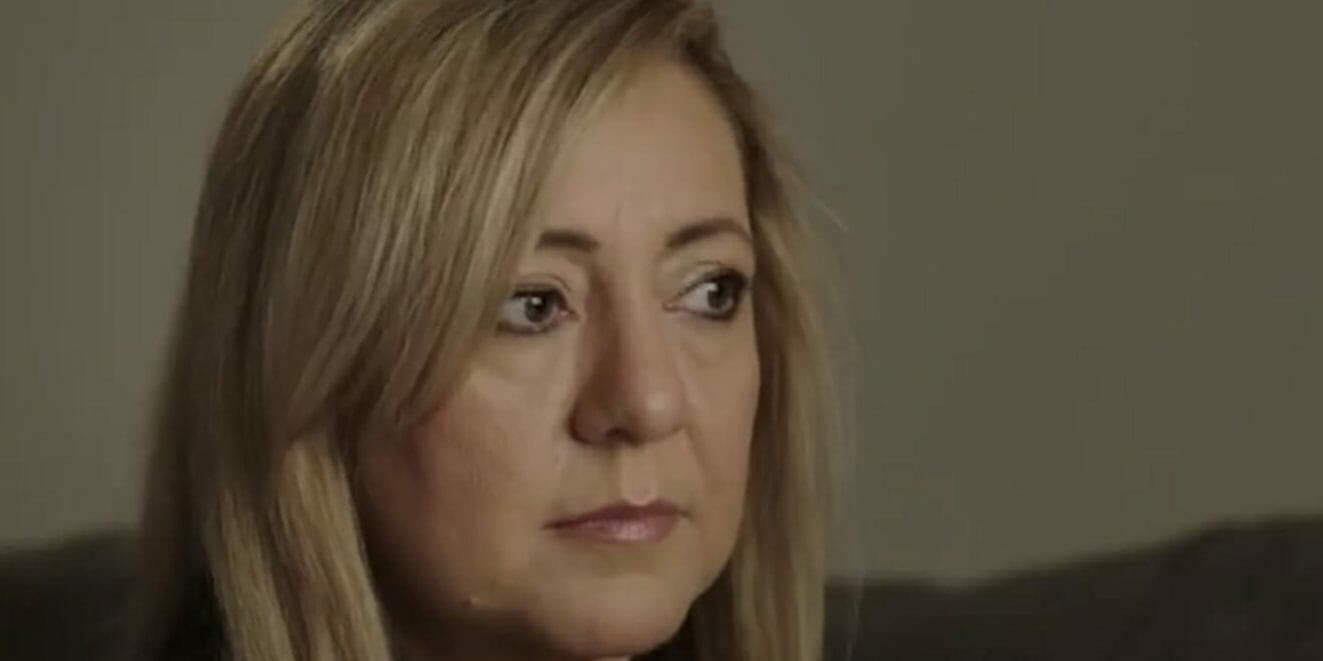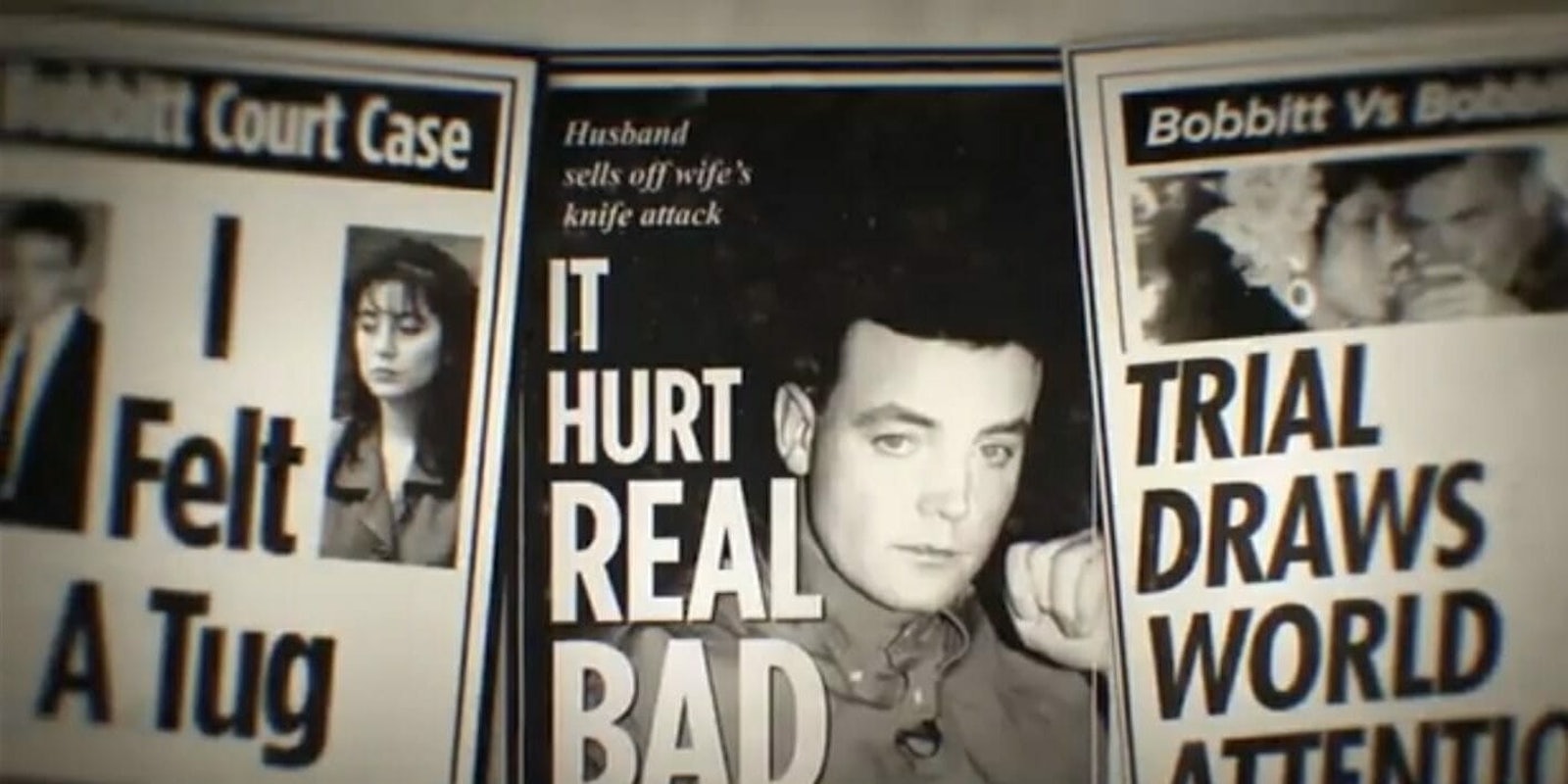The scene is as routine as it is jarring. There’s a woman who looks haunted, recalling one of her darkest moments in vivid detail. Sometimes she keeps her composure, sometimes she doesn’t. There’s a man who looks defiant and indignant, his memory fuzzier. Maybe he was drunk; maybe he does remember but doesn’t want to admit it. Support on both sides intensifies, and calls for change come and go. We’ve become numb to this cycle as we’ve repeated it. Most recently, it’s played out with Dr. Christine Blasey Ford and then-Supreme Court nominee Brett Kavanaugh. Their scene was itself a replay of the Anita Hill and Clarence Thomas controversy from almost 30 years earlier.

DIRECTOR: Joshua Rofe
STREAMING: Amazon Prime
This documentary explores the infamous case of Lorena and John Wayne Bobbitt. But the case is also part of the country’s larger domestic violence epidemic.
Amazon’s new documentary, Lorena, peels back the layers of the infamous case of Lorena Bobbitt, who cut off her husband John’s penis on June 23, 1993. Lorena did it because she was tired of John’s abusive behavior. Or she was an angry woman, mad that her husband was a selfish lover. Depends on who you ask, and that’s the whole point. Lorena, directed by Joshua Rofe and executive produced by Jordan Peele, wants to know why a country and society can look at something that should be obvious and not evolve. Rofe covers the case of the Bobbitts, then zooms out to contextualize it within American culture.
The first of the documentary’s four episodes, titled “The Night Of,” covers the incident and fallout. The media immediately latched onto the Bobbitts’ case, and its lurid nature ensured it wouldn’t go away for awhile. Both sides said they were victims of abuse. John became something of a celebrity, while Lorena was dismissed as a “crazy bitch.” That alone tells us all we need to know. “The Night Of” includes interviews with both Bobbitts, friends, police officers, doctors, lawyers, who relive the event in crystalline detail. It’s unsettling to see nearly everyone involved laugh while discussing that night. This initial hour is propulsive and captivating. It ends with a shot of Lorena staring out a window, the “under the magnifying glass” imagery unmistakeable.

Episode two, “A Woman in Trouble,” offers more information on Lorena. She came to the U.S. after graduating high school to chase her American Dream. She fell in love with John, who was in the Marines when the two met. Then the abuse began. Then a different form of abuse took hold after she attacked John. Lorena became a regular punchline on late-night shows. She discusses the effect that the jokes, none of which are particularly clever, had on her: “It hurts my heart. It hurts my brain. It hurts my whole body.” The psychological toll is clear, especially when compared to the coverage John received. The press hounded Lorena, while it courted and celebrated John. Howard Stern held a fundraiser that netted John almost $200,000.
That John became a sympathetic figure is due in large part to the media. One of Lorena’s many successes is how it indicts the media for perpetuating stigmas around domestic violence. Lorena and John’s relationship was volatile to be sure, but it hurt Lorena more than John. The nature of John’s injury also brought him more credit than he deserved. Rofe includes footage of John on a talk show with his brother, who earns applause from the audience for saying he wants to kill Lorena for what she did.
The trial section of Lorena culminates in a testimony from the couple. The difference in their court demeanor is stark. Lorena recounts being raped by John in detail and nearly has a breakdown on the stand. Meanwhile, John gets caught in lies and is generally unconvincing. The doc frequently cuts between witnesses giving compelling, often factual testimony, and John, whose default mode is to deny everything or spin himself as unknowing. How anybody who paid attention to this case at the time and came away with any sympathy for John is disappointing, but not surprising, given the intrinsic sexism in this country.

Lorena doesn’t set out to change the narrative on John, per se. It aims to hold a mirror up to society and invoke some soul-searching. People in the doc ask if Lorena really had to do what she did. When the system failed her so routinely, what other recourse did she have? Her attempt to get a restraining order was delayed by days because someone was out to lunch. The abusive nature of her and John’s relationship was apparently an open secret among their neighbors. The only surprising thing here is that Lorena didn’t do this earlier.
Lorena reminds me of the superb O.J.: Made in America documentary. Just like Ezra Edelman, Rofe takes a salacious, well-known story and turns it inside-out. While Lorena’s case stands out because of the penis-severing, her case is just one of countless others. How many times to we need to see the same images before we take the necessary steps to prevent them?
Still not sure what to watch on Amazon? Here are the best Amazon originals, the best documentaries on Amazon Prime, what’s new on Amazon, the best movies you can watch in stunning 4K Ultra HD, and the sexiest movies you can stream right now.


